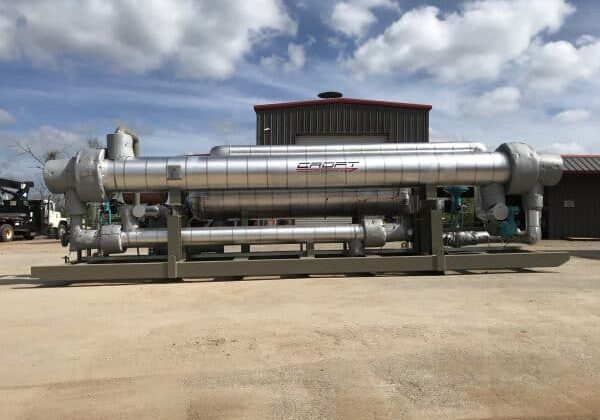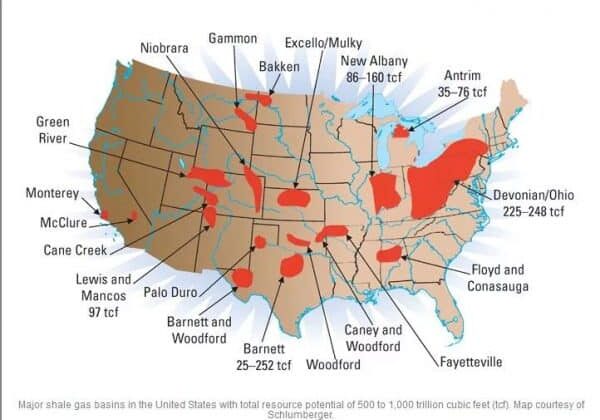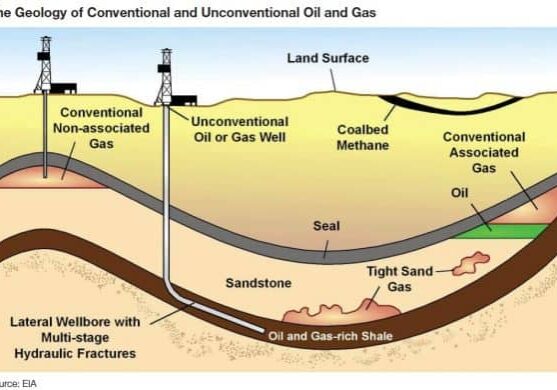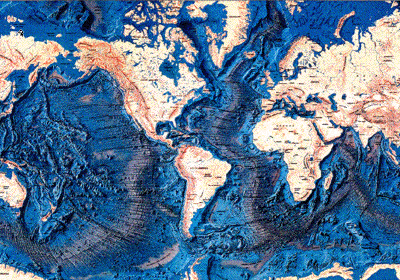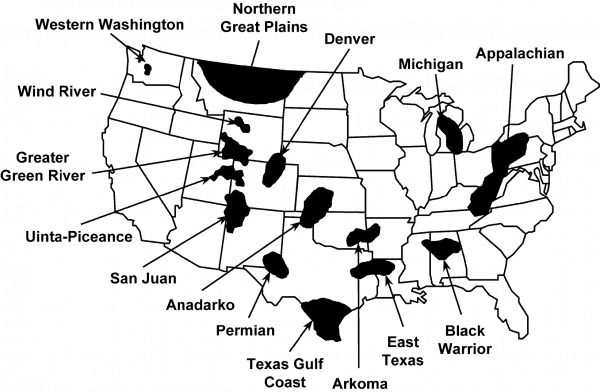Last week we discussed what a Basin is and how the word is used in the oil and gas industry. If you did not read last week’s blog be sure to check it out to get a better understanding of basin and can differentiate basins from tight sand.
“Tight Sand” is not the only way to refer to tight Sands. You may also hear it referred to as: Tight Sand, Tight Gas, Tight Gas Reservoir, or even Tight Gas Sands were all thrown around in the different articles.
The term I am going to use throughout this article is “Tight Sand.” However, Tight Sand does not have a formal definition. The definitions vary as much as the phrase is used. Below we do our best to give an overview of the term and how it is referenced throughout the industry.
What is the definition of tight sand?
Tight Sand refers to a low permeability sandstone reservoir that produces primarily dry natural gas. A tight gas reservoir is one that cannot be produced at an economic flow rate or recover economic volumes of oil and gas without massive assistance from large stimulation treatments of any special recovery process.
The above definition is the most agreed upon. If you understand that definition outright, you get a gold star. However, if not, bear with us and keep reading…
- Low permeability is when it takes A LOT of pressure to squeeze fluid through a rock.
- Sandstone is a sedimentary rock found mainly in basins. It often serves as an aquifer for ground water, or in our case. reservoir for oil and natural gas.
- We know dry gas is almost pure methane, with very few hydrocarbons.
- An economical flow rate is a flow rate that is profitable and a profitable volume
- Stimulation treatments would be steam injection, hydraulic fracturing or horizontal wellbore
So, now that I have figured out that “tight gas” is what is extracted from “tight sand”, and is considered to be an unconventional resource, since it incorporates the new ways of drilling, or extracting from the ground. The gas is found in a formation that is very old, over 240 million years to be more exact. Over the millions of years, the rock formations have been compacted and undergone cementation to reduce its permeability. Of course, there is no such thing as a typical tight gas reservoir. What fun would that be?! They can be deep or shallow, high pressure or low pressure, high temperature or low temperature, single layered, multi-layered, you get the idea. It seems that the main problem with these geological formations is trying to figure out if the risk of drilling is worth the reward of the gas.
Where can tight sand be found?
The map below shows the major tight gas sand basins here in the United States. Its a little easier to see the definition than the above map. Obviously, they are located in the same area as the basins because they are part of the basin, but just a different geological formation within the basin. The tight sand covers a much smaller area than an entire basin.
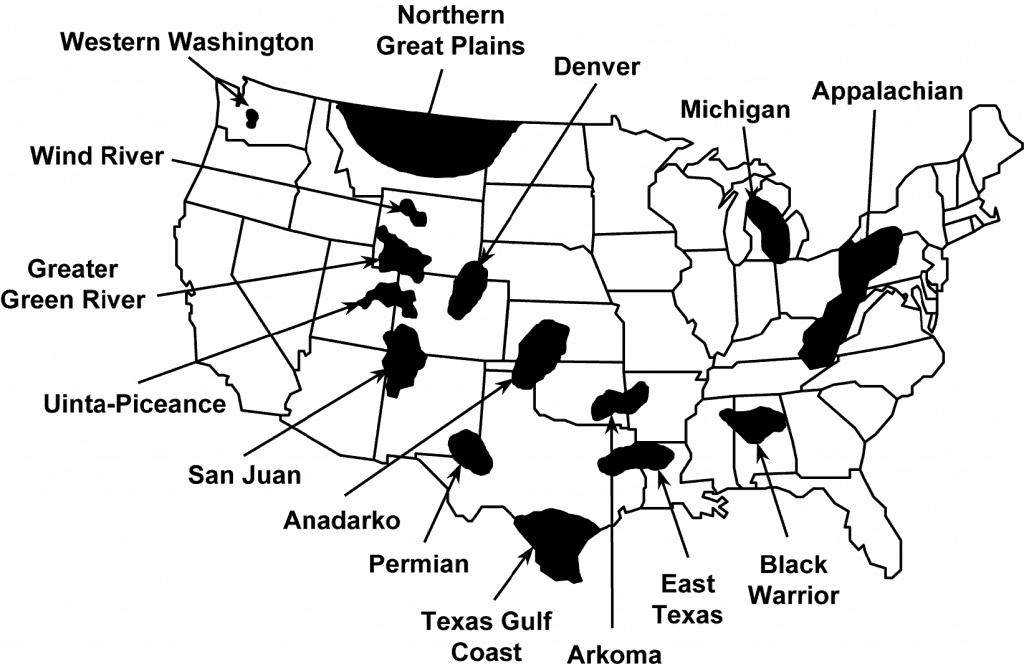
The figure below is called a ‘resource triangle’ It is a concept to explain how all natural resources are distributed in nature. If you are prospecting for natural gas or any natural resource for that matter, you will find that the best high-grade deposits are small in size and, once found, are easy to extract. The hard part is finding a pure vein to these high permeability gas fields. The deeper into the triangle, the lower grade the resource, but the larger the quantity. The deeper we go, the better the technology needs to be for drilling and processing natural resources.
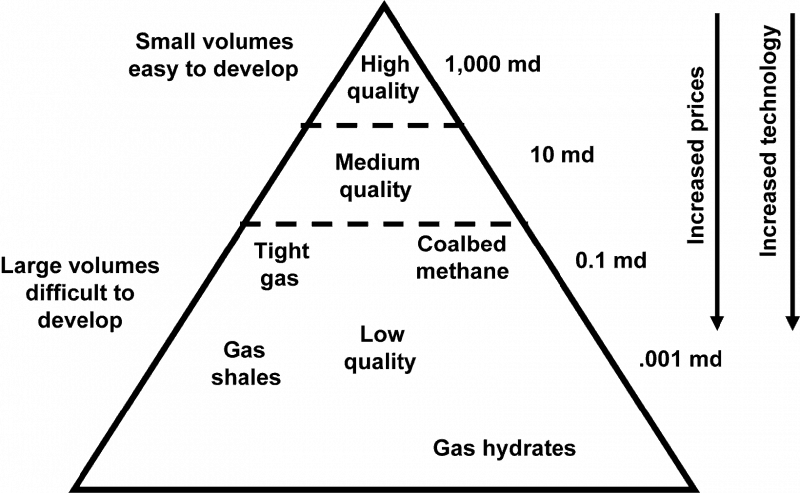
Tight Gas that comes from the tight sandstone within basins is just another natural resource that the United States is utilizing. There are still volumes the gas within the tight sand reservoir that have been discovered, but we have just have not gotten to it yet. And I stress yet. The proof to that: The United States has been producing tight gas for more than four decades, and now it accounts for approximately 40% of the nation’s unconventional gas output. Learn more about how natural gas is processed.

